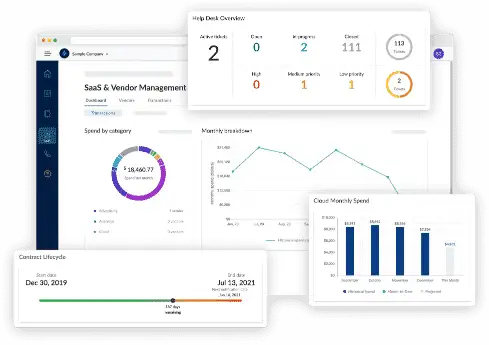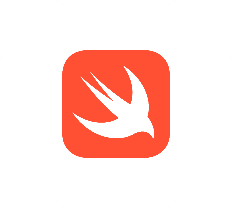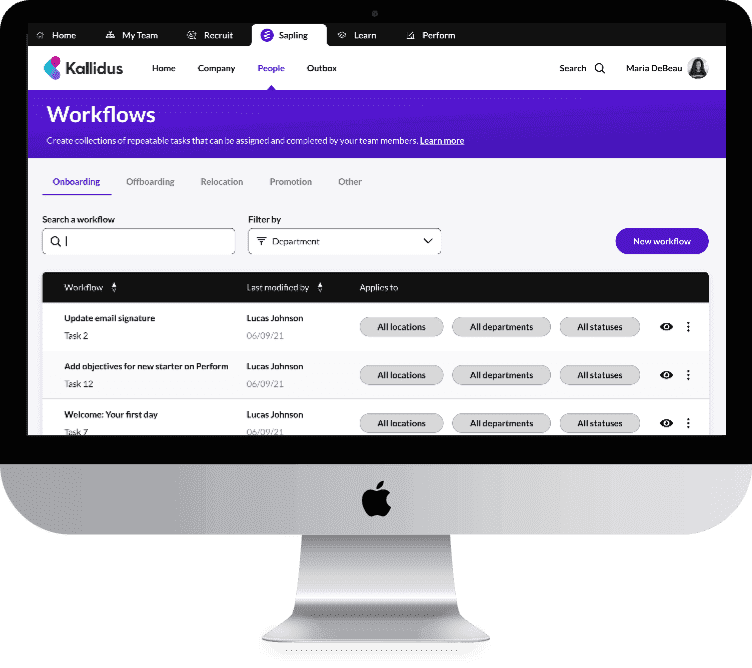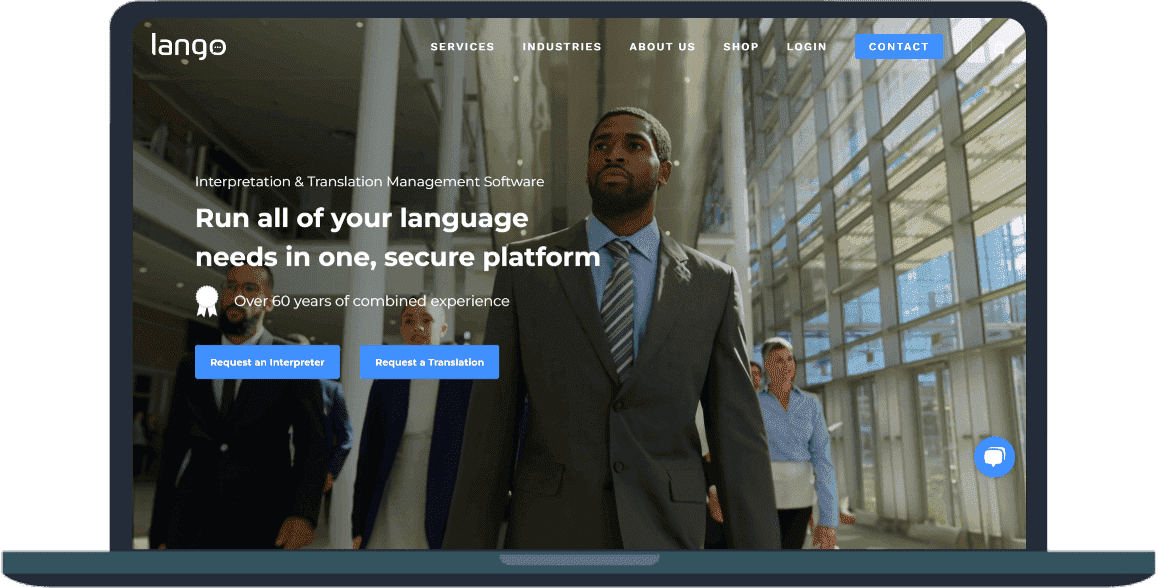According to the U.S. Bureau of Labor Statistics, the web development industry will rise by 8% in the next five years. This is because businesses require sleek websites or a reliable web application. However, building a quality web experience requires the collaboration of multiple professionals. Therefore, frontend developers and web designers are among the most frequently mistaken positions in this process.
Their skill sets and objectives differ, even though their duties sometimes overlap, particularly in a smaller team. We will thus assist you in comprehending who is responsible for what and how they collaborate to provide smooth digital experiences in this guide.
What is a Frontend Developer?

A frontend developer is a specialist who designs and maintains the parts of a website or application that users interact with directly. Additionally, this covers all of the content that a user sees and interacts with on a browser, including text and animations. They are also in charge of using coding to turn the static designs created by web designers into a functional digital experience.
Additionally, HTML, CSS, and JavaScript are the fundamental components of frontend development:
- The structure of web pages is provided by HTML
- The visual appearance is managed using CSS
- JavaScript adds interactivity, allowing users to click buttons and open menus
Modern frontend programming, however, has advanced much beyond these technological advancements. These days, developers utilize technologies and frameworks like React to construct complex and dynamic user experiences. They also employ version control systems like Git and build tools to efficiently manage code.
What is a Web Designer?

A web designer is the creative professional responsible for developing the visual identity and user interface of a website; their primary duty is to ensure that a website provides users with a seamless and easy to use experience in addition to a visually appealing appearance. While they don’t necessarily create code, they build the basis for what frontend developers ultimately convert into a working product.
Moreover, web designers focus on the design phase of the web development process. This includes understanding the client’s goals and the brand identity to create visuals that are both on brand and user friendly. Their work typically begins with:
- Wireframes: simple black and white layouts that outline the page structure and user flow
- Mockups: high fidelity visual designs showcasing colors and UI elements
- Prototypes: interactive representations of how users will navigate and interact with the interface
A web designer’s role also involves user research and testing. To enhance the general usability and design of websites, they examine user behavior. As a result, this iterative method increases engagement and conversions while removing obstacles.
Differences Between Frontend and Web Designers
Thought both frontend developers and web designers contribute to the creation of user facing websites and applications, their roles and tools differ. The collaboration between them is essential, but understanding where their responsibilities diverge helps organizations build more effective and scalable digital products.
1. Skill Sets
Frontend Developer Skill Sets
Writing clear, effective code that makes static images come to life is the main goal of frontend developers. They can efficiently organize material on the web thanks to their proficiency with HTML, making sure that everything—from headers to forms—is in its correct place. Additionally, they create and organize web pages using CSS.
JavaScript is the main language used by frontend developers, along with markup and style. JavaScript powers the interactive elements of a website. Most developers also utilize modern JavaScript frameworks like Angular to produce maintainable applications. Recognizing Git and other version control systems. Furthermore, frontend developers frequently possess a solid understanding of cross browser compatibility and performance optimization to guarantee that the website works properly for every user.
Web Designer Skill Sets
Web designers are the visual architects of the digital experience. Their primary responsibility is to create visually appealing and intuitive user interfaces that meet consumer needs and brand identity. These tools may also be used by designers to produce wireframes, which depict the possible appearance of each page.
Additionally, web designers typically have a strong grasp of color theory. They guarantee that every component of a website adds to a captivating customer experience. To aid in their decision making, many designers also focus on user experience design. Sometimes having a firm grasp of CSS may help site designers make easy adjustments themselves or interact with developers more successfully. Their primary worth, nevertheless, comes from their capacity to convert user requirements and commercial objectives into aesthetically pleasing and useful designs.
2. Tools and Technologies
Frontend Developer Tools and Technologies
Frontend developers rely on a reliable set of programming languages. This also includes development tools to build responsive and functional applications. Also, the foundational technologies in a frontend developer’s toolkit include JavaScript and CSS. These pillars make up the structural layers of a website. Beyond these foundations, developers commonly employ frameworks and libraries to manage complex state management.
Git is crucial for code management because they foster collaboration. Package managers are another tool used by developers to manage dependencies. Tools like Parcel help with asset bundling and performance optimization.
Additionally, testing is an essential component of a developer’s work. Cypress and similar technologies are commonly used for unit and integration testing. To assess and debug browser compatibility, developers utilize browser development tools and accessibility checkers.
Finally, a lot of frontend developers know how to dynamically get data via RESTful services and APIs. To guarantee a consistent user experience across devices, they also collaborate with responsive design frameworks like Material UI and Bootstrap.
Web Designer Tools and Technologies
On the other hand, web designers usually employ technologies that emphasize user experience research and graphic design. Adobe XD tools are popular design platforms that enable users to produce high fidelity prototypes. These tools are crucial for seeing the structure and flow of user interfaces before writing a single line of code.
Adobe Photoshop and other technologies are used for branding elements. Google Fonts is frequently used to help with color palette creation and typography selection.
Additionally, web designers may utilize technologies like Hotjar to collect real-world input for usability testing. Additionally, it uses heatmaps to analyze behavior and adjust wireframes as necessary. Notion is also frequently used by designers for user path mapping.
Many designers prefer to use visual web builders like Webflow, even if some may experiment with coding, particularly when simple websites or rapid prototypes are required. Furthermore, these platforms offer drag and drop interfaces that transform design features into practical layouts.
3. Workflow and Deliverables
Frontend Developer Workflow and Deliverables
After the design stage, frontend developers usually start working, transforming visual components into usable user interfaces using the supplied mockups and style guides. Setting up the programming environment, creating folder structures, and creating reusable components are the first steps in their approach.
The next phase involves coding the UI using CSS and JavaScript. Developers also integrate frontend frameworks to build modular and maintainable components. These interfaces are made responsive with media queries or utility first CSS frameworks.
A major part of a frontend developer’s workflow is testing and optimization. They ensure that interfaces are cross browser compatible and performant across different devices. They use tools like Lighthouse and automated testing suites.
Deliverables from frontend developers often include the fully coded user interface and interactive elements. They are also responsible for maintaining documentation that details how the frontend should be maintained or expanded.
Web Designer Workflow and Deliverables
Web designers usually kick off the project with discovery and reach. Moreover, they gather information about the target audience and user behavior. Additionally, stakeholder interviews and UX research techniques like surveys may be used at this phase.
Designers go to the wireframing and prototype stage after finishing the research. To describe layout and content arrangement, they produce low fidelity wireframes. High fidelity prototypes with visual hierarchy and branding components created using programs like Figma come next. Furthermore, interactive prototypes are usually created to showcase simple animations.
Designers use design systems, such as grid systems and reusable components, to guarantee consistency throughout the design process. Deliverables at this point might contain annotated prototypes that specify stylistic standards.
To make sure the layout is acceptable, designers may also do usability testing prior to sending the designs to developers. Input is also gathered via techniques such as Maze, and changes are made based on the findings.
4. Collaboration
Collaboration between frontend developers and web designers is the cornerstone of any successful web project. Effective cooperation ensures a cohesive user experience, despite the fact that their jobs may differ.
The objectives of the website or application must be understood by frontend developers and web designers initially. Prior to the start of design and development, kick off meetings and shared documents assist guarantee that both roles are in agreement on the vision and scope.
In order to confirm what is technically possible given the project’s budget, designers frequently collaborate closely with frontend developers through the entire process. Developers can offer feedback on intricate user interface components or any accessibility problems that can result from particular design choices. This early involvement prevents rework and bridges the gap between concept and implementation.
Once the design is complete, a well documented design handoff is essential. Designers share finalized prototypes and design systems. Frontend developers rely on these deliverables to accurately translate the visual layout into code.
Continuous feedback loops maintain both roles in sync as development moves forward. If particular design aspects are proving challenging to execute without sacrificing usability or performance, developers can recommend changes or alternatives, and designers can examine staged builds or functional components to guarantee visual accuracy.
5. Soft Skills
Communication is the most important soft skill for both frontend developers and web designers. The ability to clearly explain and defend design choices to developers and stakeholders is another requirement for designers. Additionally, they must to be open to criticism and capable of defending design decisions with reference to user experience standards. In a similar vein, frontend developers must inform and include non technical collaborators while communicating technological limitations and offering substitutes when specific ideas are impractical.
Problem solving is also significant when real world limitations arise. Web designers need to be able to foresee possible usability problems. Also, they should think critically about how people interact with a product. Frontend developers make complex graphic elements work without sacrificing functionality by fixing bugs or coming up with creative solutions.
Another essential quality for both positions is adaptability. User expectations and web technology are evolving. Additionally, frontend developers must stay up to date with new frameworks and development tools, while designers must stay up to date with UX best practices and aesthetic trends. the capacity to change course fast and never stop learning.
Time management and organization are particularly vital in team settings or client driven environments. Additionally, designers frequently manage several projects and changes, necessitating a well organized workflow to fulfill deadlines. Writing code and deploying are two examples of the many tasks that developers may need to manage.
The foundation of any great product is collaboration. In order to contribute to a common objective, both positions must show their purpose through early brainstorming.
The significance of paying attention to details cannot be overstated. This means ensuring that every element conforms to web designers’ branding. It entails producing clear, effective code and making sure that design elements are executed flawlessly for frontend developers.
Final Words
When it comes to designing digital experiences, frontend developers and web designers have different but complimentary roles. While designers provide the visual experience. Developers use code to make concepts a reality. Employing the best specialist for every phase of the project is therefore made easier for businesses by being aware of their variations in collaboration and skill sets.



















